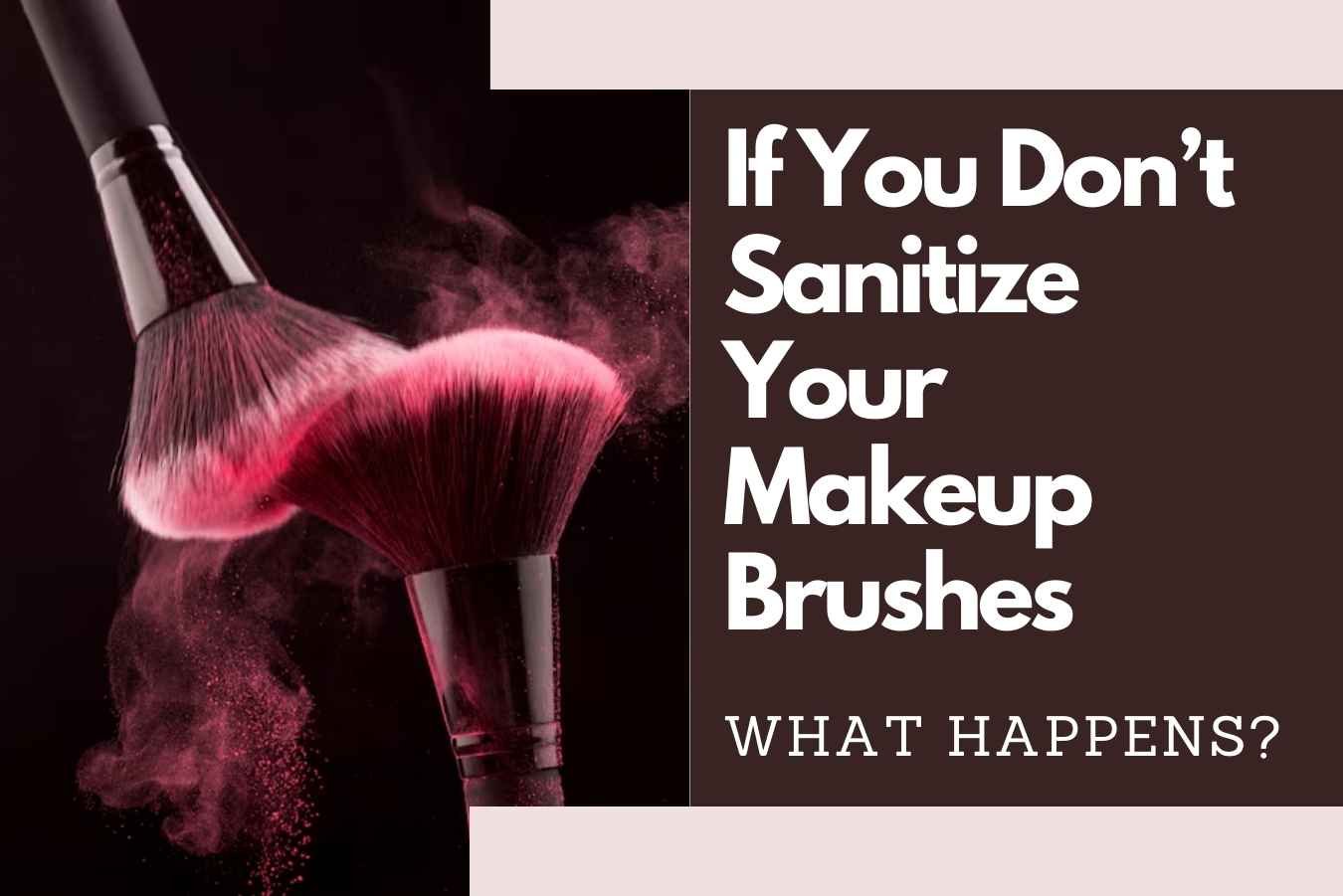Makeup Brushes are essential tools in every beauty routine, but they can also become breeding grounds for harmful bacteria. Properly Sanitize Makeup Brushes is crucial to maintaining clear, healthy skin and preventing skin irritations, acne, and infections.
In this comprehensive guide, we’ll cover the best practices, tips, and methods for how to sanitize makeup brushes effectively, using both professional and DIY techniques.
Why Sanitizing Makeup Brushes is Essential
Cosmetics production involves various types of chemicals and your makeup brushes constantly contact your skin, collecting makeup residue, oils, dirt, and dead skin cells. This creates a breeding ground for bacteria and germs. Studies have shown that unclean brushes can lead to various skin issues, including acne, infections, and allergic reactions. Harmful bacteria, such as Staphylococcus and E. coli, can thrive on dirty brushes and cause serious skin problems.
The American Academy of Dermatology recommends regular brush cleaning to prevent bacteria build-up. By sanitizing your brushes, you not only extend their lifespan but also protect your skin from potential irritations, infections, and other unwanted skin conditions. Regular cleaning is an easy yet essential step in maintaining both the health of your brushes and your skin.
How Often Should You Sanitize Makeup Brushes?
When using makeup brushes, clean them more often based on the products you use. For liquid products like foundation or mascara, clean brushes at least once a week. For dry products like eyeshadow or blush, clean them every two weeks.
Related: 7 Secrets to Applying and Achieving Flawless Foundation Makeup
For professionals or those doing makeup on multiple clients, sanitize brushes after every use to prevent cross-contamination.
What You Need to Sanitize Your Makeup Brushes
Before you start cleaning your makeup brushes, gather all the necessary tools. This will make the process easier and more effective, ensuring your brushes are properly sanitized and stay in good condition. Here’s what you’ll need to sanitize makeup brushes:
Mild Soap or Brush Cleaner
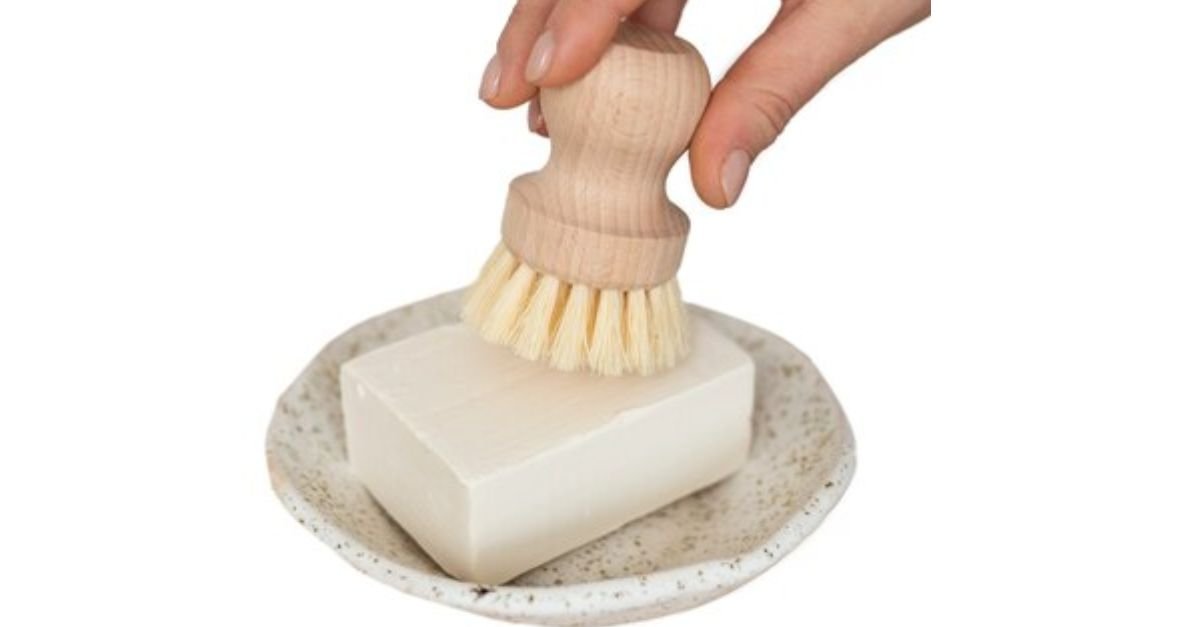
Choose a mild soap or brush cleaner that won’t damage the bristles. Harsh soaps can dry out the bristles or cause them to fray. A gentle cleaner or baby shampoo is often the best choice. It will remove makeup and dirt without harming the bristles. Some brush cleaners also dry quickly, so your brushes are ready to use sooner.
Lukewarm Water
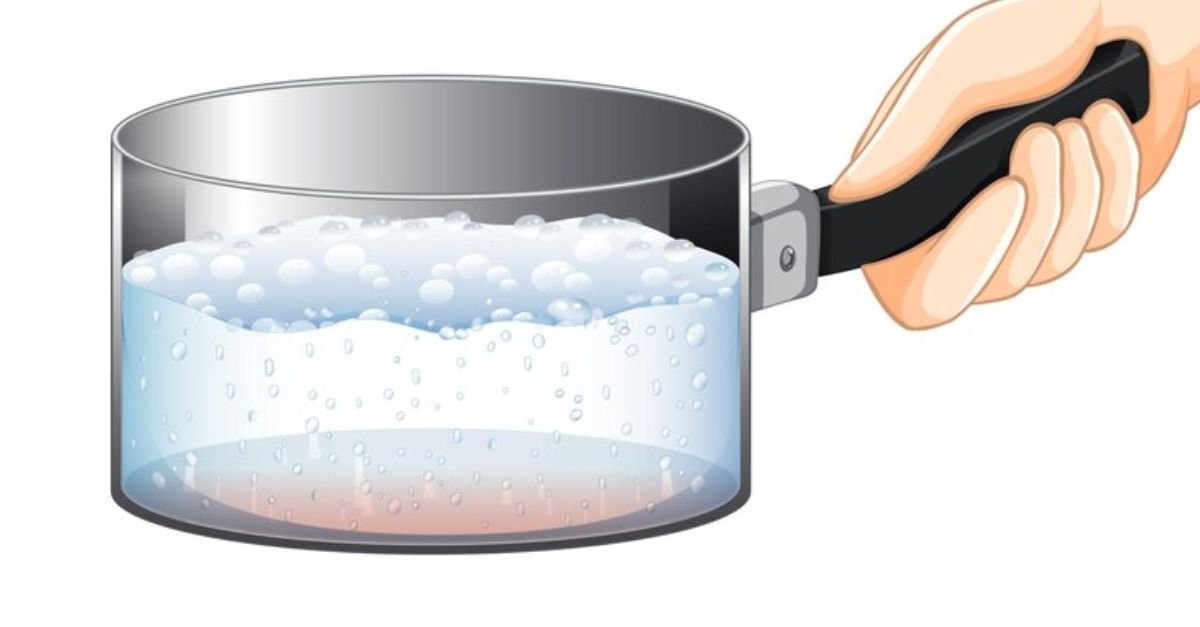
Use lukewarm water for cleaning. Hot water can damage the glue that holds the bristles in place, and cold water may not clean as well. Lukewarm water is gentle and effective, helping to preserve your brushes.
Clean Towels or Paper Towels
After cleaning, dry your brushes with clean towels or paper towels. Gently blot them to remove extra moisture. Avoid rubbing the bristles, as this can damage them. Lay your brushes flat to dry, with the bristles hanging off the edge to maintain their shape.
70% Isopropyl Alcohol
To sanitize your brushes between uses, use 70% isopropyl alcohol. This disinfects the bristles and helps kill any germs. It’s especially important for brushes used around the eyes and lips to prevent infections. Spray the alcohol on the bristles or a clean tissue and wipe the brushes gently.
Baby Shampoo
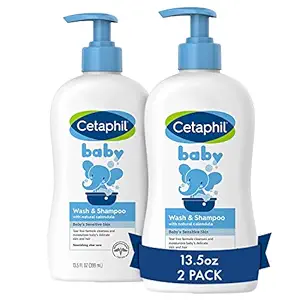
Baby shampoo is a gentle and natural option for cleaning your brushes. It’s soft on the bristles and doesn’t strip away their natural oils. To use, dilute the shampoo in water and lather it into the bristles.
Small Bowl or Cup
A small bowl or cup helps mix the soap and water solution. It keeps the mixture clean and makes it easier to dip your brushes without wasting product. Avoid dipping the entire brush into the water, as this can damage the handle or loosen the glue.
Brush Cleaning Mat
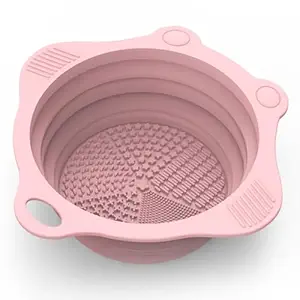
A brush cleaning mat is a useful tool for deeper cleaning. It has textured surfaces that help scrub the bristles gently and lift stubborn makeup. While optional, it can make the cleaning process faster and more thorough.
How to Sanitize Makeup Brushes Between Clients
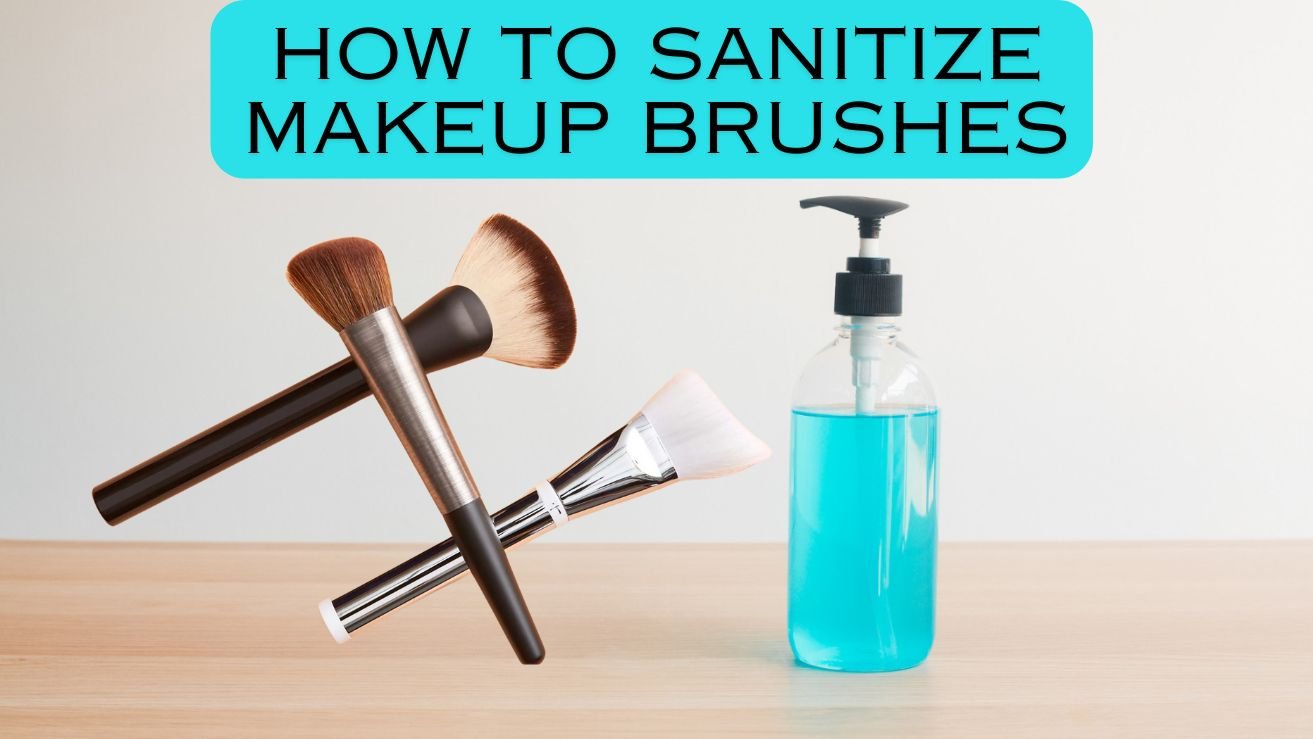
Spot Clean with Isopropyl Alcohol
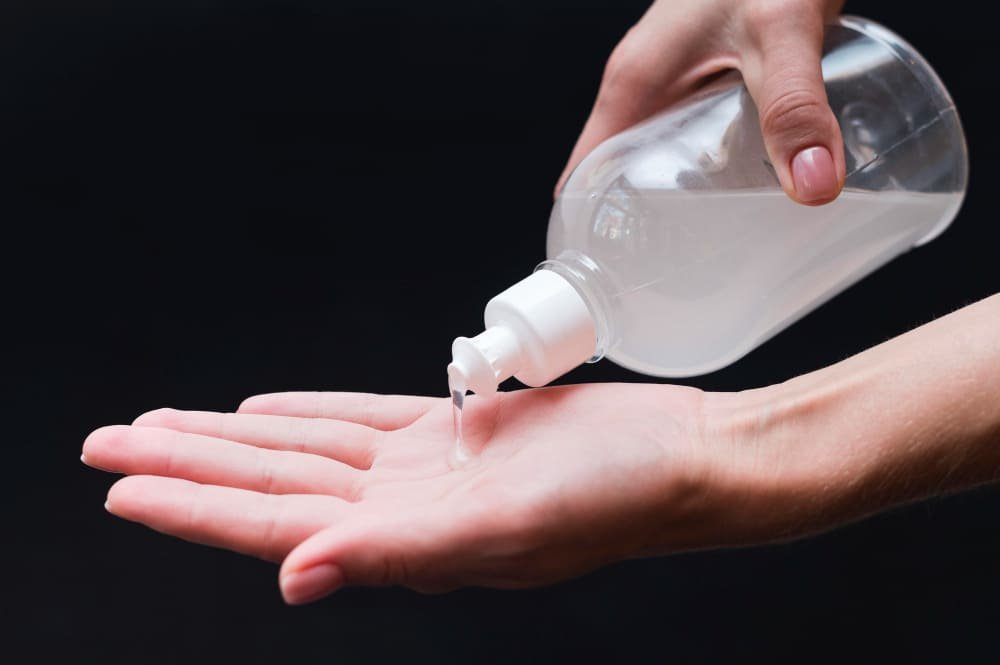
To quickly clean your brushes, spray 70% isopropyl alcohol onto the bristles and let them air dry. This helps kill bacteria and disinfect the brushes quickly. The alcohol breaks down makeup residue and sanitizes the bristles without damaging them. This is an efficient and fast way to ensure your brushes are safe for the next client.
Disinfect the Handles
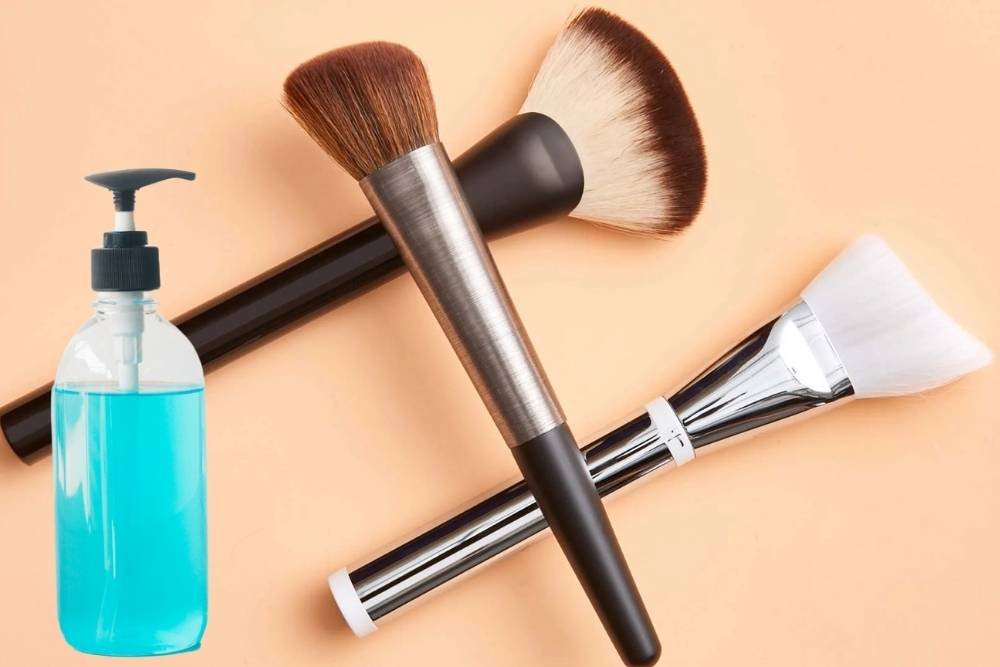
The handles of your brushes can also collect germs, so it’s important to disinfect them as well. Use a cotton ball soaked in rubbing alcohol to wipe down the handles of your brushes. This step ensures that the brushes are free of germs and reduces the risk of cross-contamination between clients.
Use Disposable Applicators

Whenever possible, use disposable applicators like mascara wands or lip gloss applicators for each client. Using new, single-use applicators for each person minimizes the risk of transferring bacteria or makeup from one client to another. This practice is essential for maintaining hygiene and ensuring a safe makeup application experience.
DIY Makeup Brush Sanitizing Methods for Beginners
If you’re looking for simple and cost-effective methods to sanitize your makeup brushes, there are a few household items you can use:
- Vinegar and Lemon: A mixture of vinegar and lemon juice works as a natural disinfectant. Simply mix two tablespoons of white vinegar with a cup of warm water. Dip your brush tips into the solution, rinse with water, and use lemon to remove the vinegar smell.
- Dish Soap: Liquid dish soap is an affordable option to clean bridal makeup brushes. Apply a small amount to a sponge or towel, and gently wipe the brush on the soapy surface. Rinse with lukewarm water.
- Baby Shampoo: Baby shampoo is a gentle alternative to brush cleansers. It cleans the brushes effectively without drying out the bristles. Swirl the brush in diluted shampoo, then rinse thoroughly.
Step-by-Step Guide to Cleaning Makeup Brushes
Cleaning your makeup brushes is an essential part of maintaining healthy skin and ensuring the longevity of your brushes.
Here’s a detailed step-by-step guide that will help you clean your brushes thoroughly and safely.
By following these steps, you can remove makeup residue, oil, and dirt from your brushes, ensuring they remain in top condition and free of harmful bacteria. Regularly cleaning your makeup brushes helps maintain your skin’s health, preventing acne, breakouts, and skin irritations.
Rinse the Brush
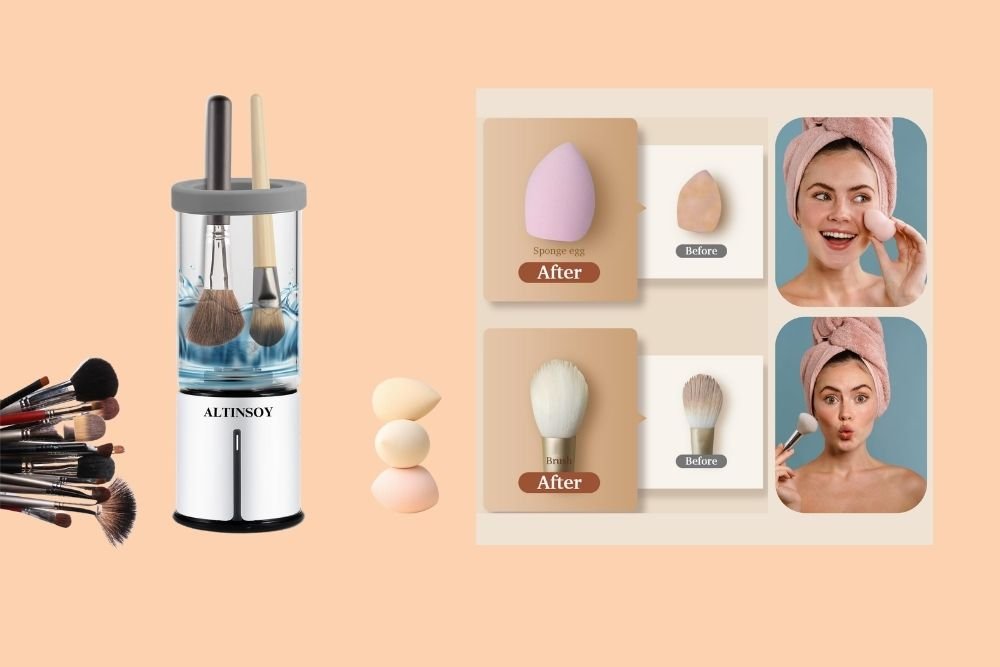
Begin by gently wetting the tips of your makeup brush under lukewarm running water. Be cautious not to wet the entire brush head, as this can cause the glue holding the bristles to the handle to loosen. Gently swirl the bristles in the water to help loosen any makeup, dirt, or oils that may have built up on the bristles. The water should only touch the bristles, not the metal ferrule or handle.
Shampoo the Brush
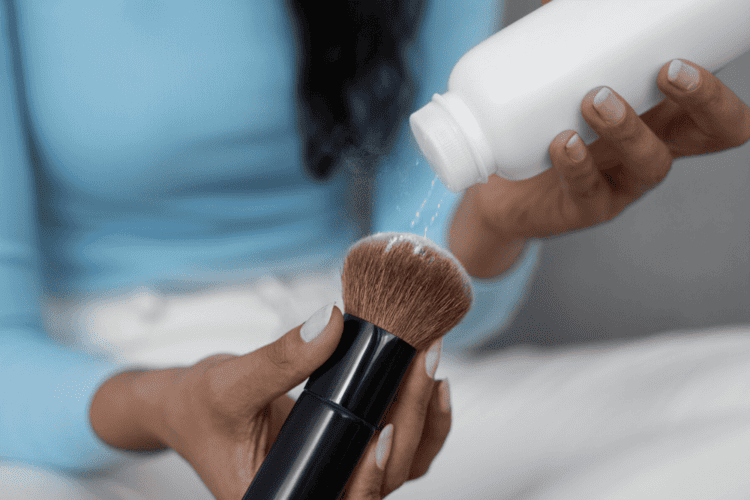
Next, pour a small amount of mild shampoo or brush cleaner into a cup filled with lukewarm water. Baby shampoo is also a great, gentle alternative that effectively cleans without drying out the bristles. Dip the tips of your brush into the water mixture and gently massage the bristles using your fingers or palms. Avoid using regular soap as it can be too harsh, potentially damaging the bristles over time. The shampoo will help break down makeup residue and oils while being gentle on the bristles.
Swirl and Massage
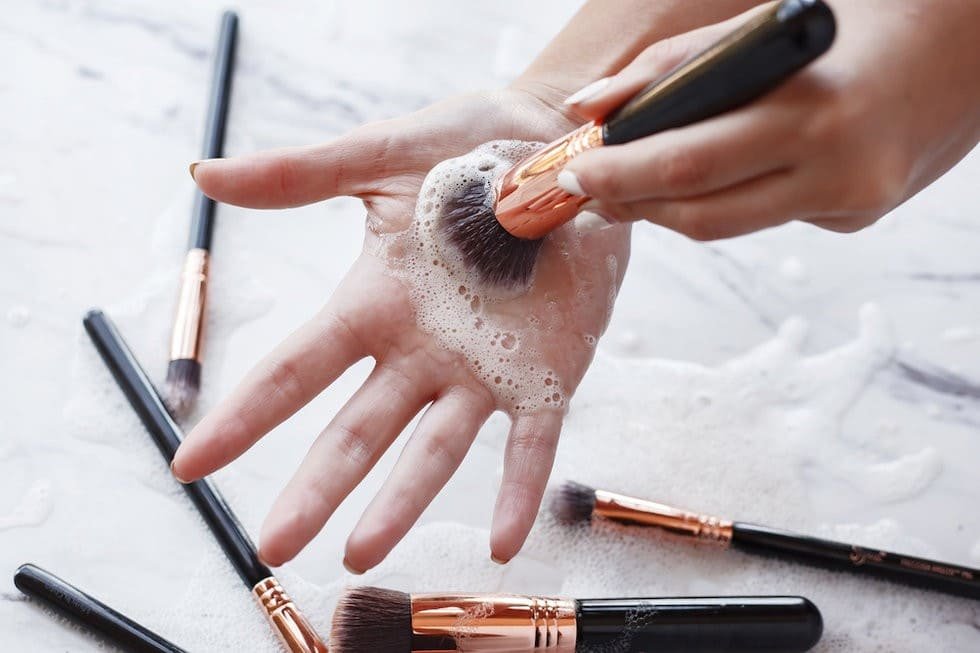
Swirl the brush in the water, allowing the solution to break down makeup and dirt from the bristles. Gently massage the bristles to create a lather and ensure that the brush is fully cleaned. Be careful not to press too hard, as this can cause the bristles to bend or become damaged. The swirling action helps to lift the dirt while the shampoo lather breaks down oils. This process may take a few moments, depending on how much product has built up in the brush.
Rinse Again
Once you’ve created a lather, rinse the brush thoroughly under lukewarm water. Keep rinsing until the water runs clear, indicating that all makeup residue has been removed from the bristles. This step is important to ensure no cleanser is left behind, as leftover soap can irritate the skin. If you still see makeup in the bristles, repeat the process until the water runs clear. This step ensures that your brushes are fully cleaned and free of any buildup.
Squeeze Out Excess Water
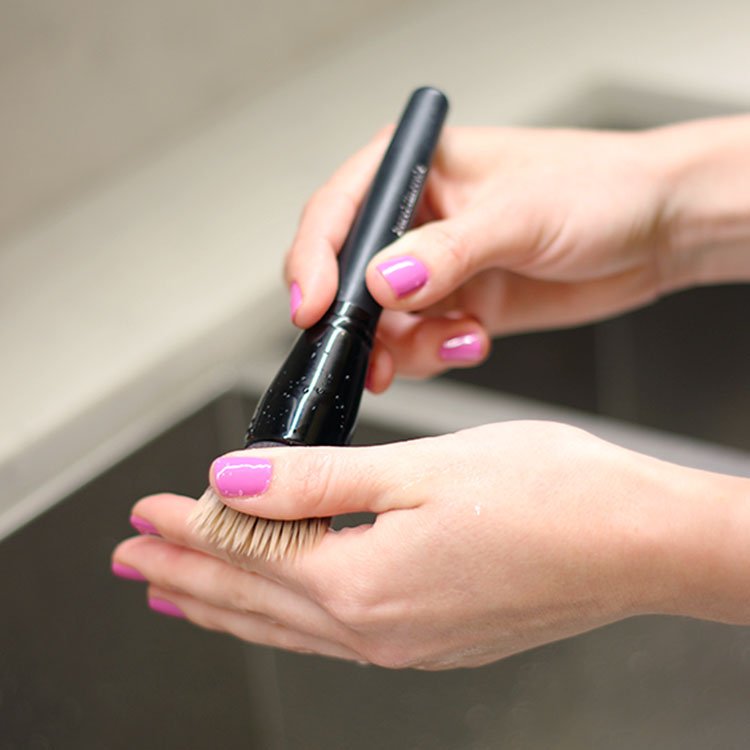
After rinsing, gently squeeze the excess water from the bristles using a clean paper towel. Be gentle and avoid pulling on the bristles, as this can cause them to lose their shape. The goal is to remove as much moisture as possible without damaging the brush. It’s important to handle the bristles gently to avoid misshaping or damaging them. This step helps prepare the brush for drying, ensuring that no excess moisture will remain in the bristles.
Dry the Brush
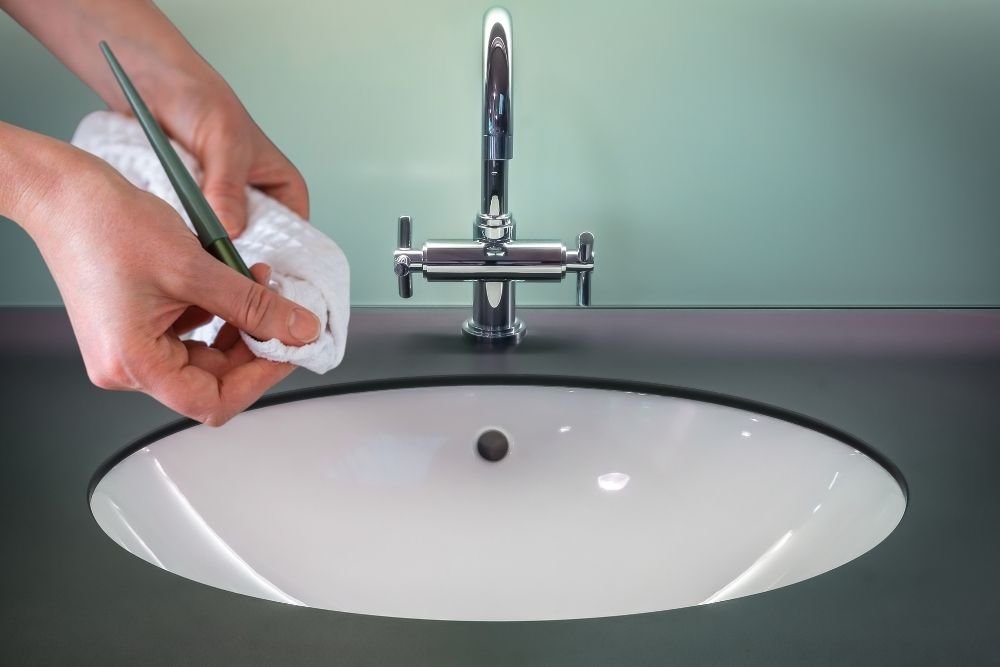
Place the brush flat on a dry towel with the bristles hanging off the edge of a table or counter. This positioning allows the water to drain away from the handle, preventing it from seeping into the ferrule and loosening the glue. Avoid standing the brush upright, as this can cause water to travel into the handle, damaging the glue that holds the bristles. Leave your brushes to air dry for 12 to 24 hours, depending on the size of the brush. It’s essential to allow the brush to dry completely before using it again to avoid bacteria buildup.
Condition the Bristles
If your brushes feel stiff after cleaning, you can apply a small amount of conditioner to the bristles. This will help restore theirness and smoothness, especially for brushes with natural fibers. Gently massage the conditioner into the bristles and rinse with lukewarm water. Be sure to rinse out all the conditioner to prevent any residue from being left in the bristles. This step is optional but can be especially helpful for keeping your brushes feeling soft and performing like new.
How to Clean Makeup Brushes with Soap
Regular soap might seem like an easy choice for cleaning your brushes, but it can damage them. Harsh soaps strip the natural oils from the bristles, making them dry and brittle. Instead, use a mild liquid soap or baby shampoo. These clean well while keeping the bristles soft and strong.
If you choose to use bar soap, gently rub the brush on the soap to create a lather. Then, rinse thoroughly with water to remove all the soap. Leaving soap residue can irritate your skin and harm the brush.
Best Makeup Brush Cleaners for Hygiene
Several makeup brush cleaners are available on the market, offering an easy and efficient way to sanitize your brushes. Some of the best options include:
- Cinema Secrets Brush Cleaner: This fast-drying formula is perfect for quickly sanitizing your brushes between uses. It’s ideal when you need to clean brushes on the spot.
- Sephora Collection Daily Brush Cleaner: This alcohol-free cleaner removes makeup buildup without drying out the bristles. It’s gentle yet effective for daily use.
- MAC Cosmetics Brush Cleaner: Known for its deep-cleansing power, this cleaner helps disinfect and soften brush fibers. It’s great for a thorough cleaning.
Preventing Bacteria on Makeup Brushes
Regular cleaning is essential, but there are additional steps you can take to prevent bacteria from building up on your brushes:
- Store Brushes Properly: Store your brushes in a clean, dry place to prevent exposure to dirt, moisture, and bacteria. Keeping them in a protective case or holder helps maintain their shape and cleanliness.
- Avoid Sharing Brushes: Never share your brushes with others. Sharing brushes can transfer bacteria, oils, and dirt, which may lead to skin issues like breakouts or infections.
- Disinfect Tools Regularly: Don’t forget to clean all your makeup tools, not just your brushes. Disinfect tweezers, lash applicators, sponges, and other tools to prevent the spread of bacteria and ensure a hygienic makeup routine.
Frequently Asked Questions
How to Use Rubbing Alcohol to Sanitize Makeup Brushes
To sanitize makeup brushes using rubbing alcohol, start by pouring a small amount of 70% isopropyl alcohol into a clean container. Hold the brush by the handle and dip the bristles into the alcohol or spray it directly onto the brush. Swirl the brush in the alcohol for a few seconds to disinfect the bristles, then wipe off the excess alcohol with a clean paper towel. Let the brush air dry completely before using it again.
How to Sanitize Makeup Brushes for Sensitive Skin
For sensitive skin, it's important to choose gentler sanitizing methods to avoid irritation. You can use a non-alcoholic, fragrance-free brush cleaner, or mix warm water with a mild baby shampoo or gentle face cleanser to wash the brushes. These options remove makeup and bacteria while being gentle on the skin. After washing, rinse the brushes thoroughly and reshape them with a clean towel to dry.
How to Sanitize Makeup Brushes at Home
Sanitizing your brushes at home is simple and effective. You can use a brush cleaner or make your own by mixing mild shampoo with warm water. Spray the cleaner onto a clean towel or directly onto the brush, then wipe off any makeup residue. For a deeper clean, rinse the bristles with water and soap, then finish by sanitizing the brushes with rubbing alcohol. Allow the brushes to air dry flat to maintain their shape.
Conclusion
Properly sanitizing your makeup brushes is key to keeping your skin healthy and free from irritations. By using the right techniques, you can clean your brushes efficiently and protect your skin from harmful bacteria. Additionally, don’t forget to creatively store makeup brushes when they’re not in use. Keeping them organized and off surfaces helps maintain their cleanliness and prolongs their life.

